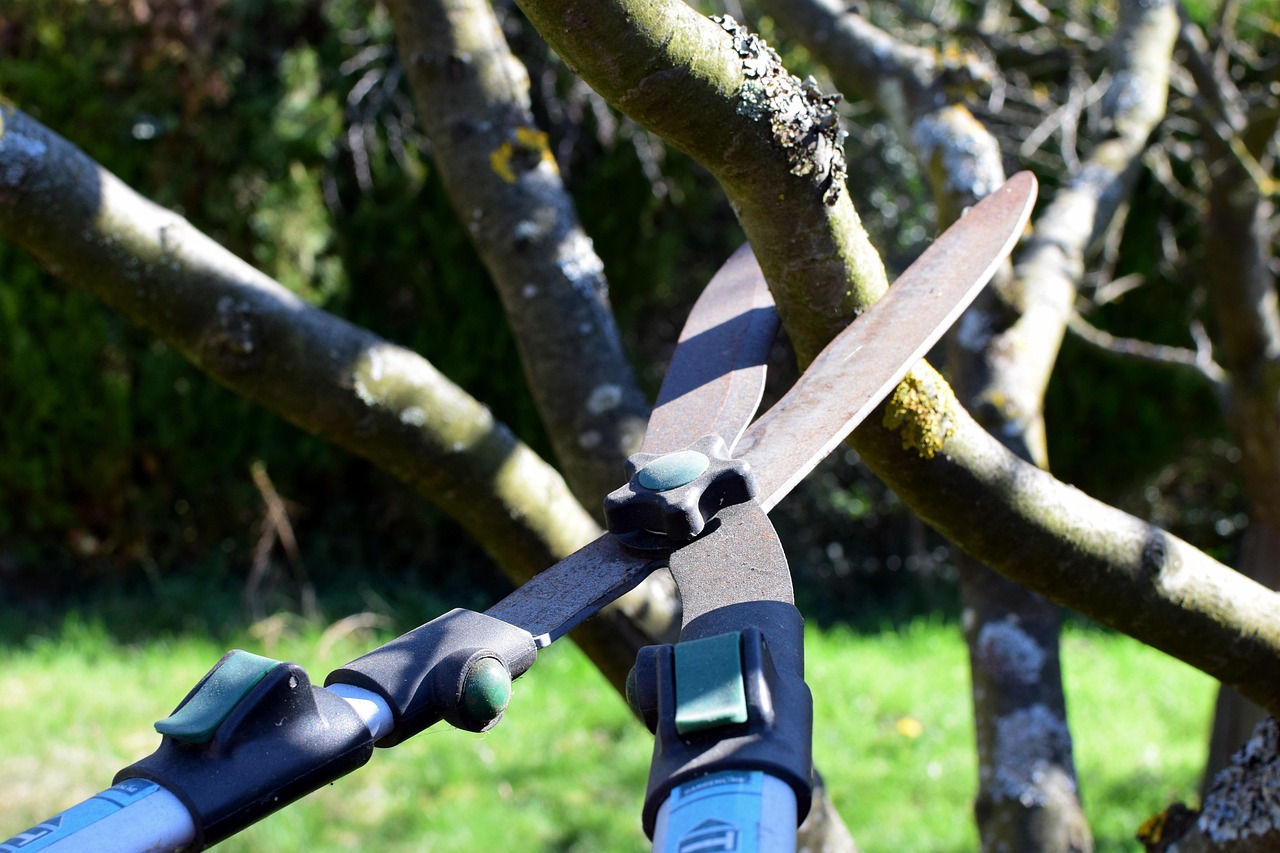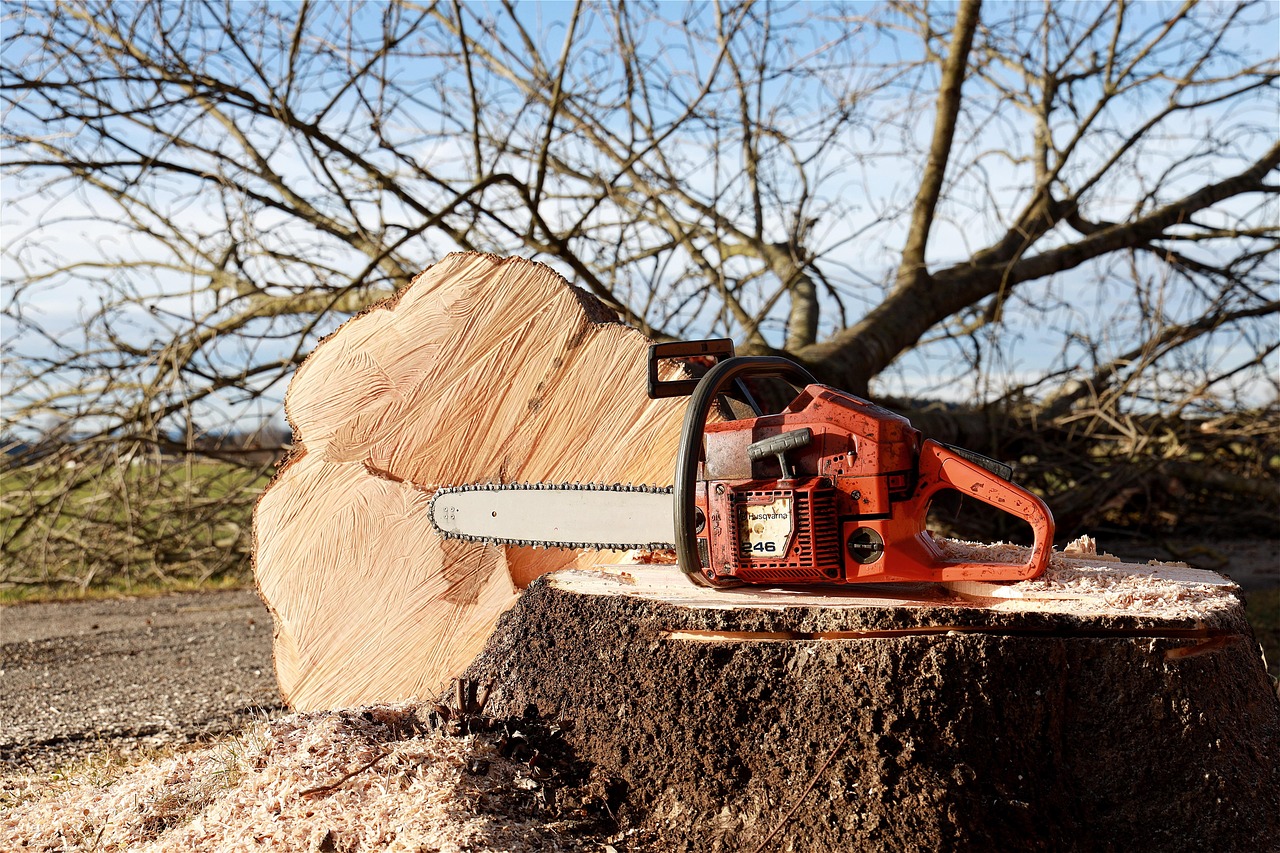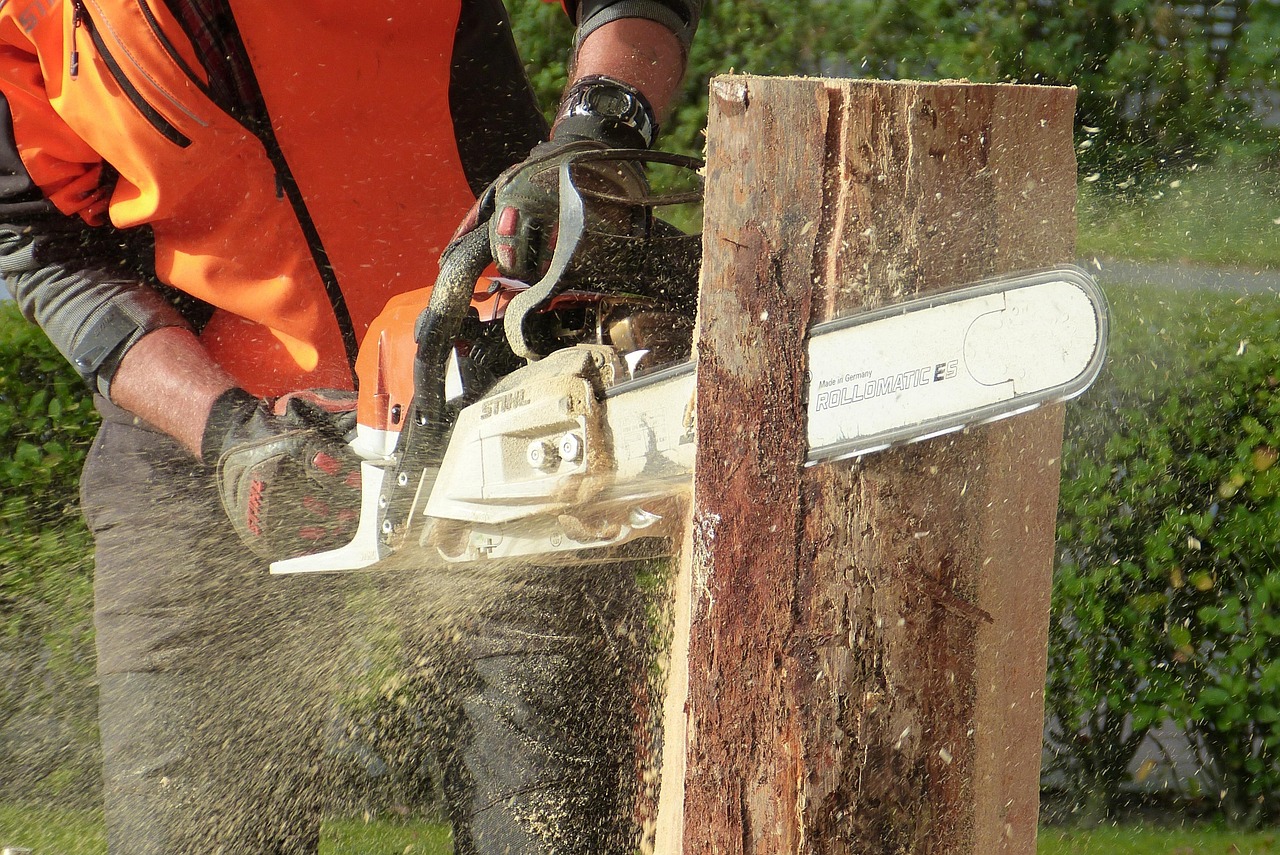Tree pruning around gazebos, pergolas, and garden structures is essential for maintaining aesthetics, safety, and healthy growth. Proper pruning encourages light penetration and air circulation, which can enhance the beauty of these structures and the surrounding landscape.
Gardens are often cherished spaces where people relax and enjoy nature. Adding features like gazebos and pergolas enhances the charm of these outdoor areas. However, trees and shrubs growing too close to these structures can pose problems if not managed properly. Pruning is crucial for ensuring that your garden remains a beautiful and safe environment.

Learning how to prune effectively can improve the health of your trees, maintain the structural integrity of your gazebos and pergolas, and keep your garden looking neat. In this article, we will explore the best practices for tree pruning around these garden structures, the importance of timing, and the tools you need to do the job right.
Understanding the Importance of Pruning
Pruning serves several key purposes in garden maintenance. By removing unwanted branches and foliage, you can achieve the following:
- Enhance Aesthetics: Well-pruned trees contribute to a tidy appearance around your garden structures.
- Promote Healthy Growth: Pruning allows for better airflow and sunlight exposure, leading to healthier plants.
- Increase Safety: Removing dead or overhanging branches can prevent accidents and damage to structures.
- Control Size: Keeping trees within bounds ensures they do not overwhelm nearby structures.
In addition to these benefits, regular pruning can help prevent diseases. By removing diseased or infested branches, you reduce the chances of spreading problems to healthy parts of the plant. This proactive approach can save time and money in the long run.

Key Factors to Consider Before Pruning
Before you begin pruning around your gazebos and pergolas, there are several factors to keep in mind:
| Factor | Description |
|---|---|
| Tree Species | Different species have varying growth patterns and pruning needs. |
| Time of Year | Timing is critical; some trees should be pruned in early spring while others are best pruned in late winter or summer. |
| Health of Plant | Assess if the tree is healthy or if it requires special attention due to disease or pest infestations. |
| Proximity to Structures | Consider how close the tree is to your gazebo or pergola and potential risks involved. |
Understanding these factors can help you make informed decisions about how much to prune and when. For instance, pruning during the wrong season can lead to shock or hinder growth. Therefore, researching your specific tree species is essential.
Tools Needed for Effective Pruning
Having the right tools can make a significant difference in the efficiency and effectiveness of your pruning tasks. Here are some essential tools that you should consider:

- Pruning Shears: Ideal for small branches and delicate work.
- Loppers: Suitable for thicker branches that are too large for shears.
- Saws: Use a handsaw or chainsaw for larger limbs.
- Gloves: Protect your hands from cuts and scrapes.
- Ladders: Necessary for reaching higher branches safely.
When using tools, always prioritize safety. Ensure that you are wearing appropriate protective gear and that your tools are sharp and well-maintained. Dull blades can damage plants and make the task more difficult.
The Pruning Process
The actual process of pruning involves several steps. Follow these guidelines to ensure that you prune effectively:
- Assess the Tree: Look closely at the tree’s structure and health.
- Identify Problem Areas: Find branches that are dead, diseased, or obstructing structures.
- Select Cuts: Decide where to make cuts. Aim for clean cuts that promote healing.
- Make Pruning Cuts: Follow proper techniques—cut at an angle and just outside the branch collar.
- Clean Up: Remove all cuttings from the area to prevent diseases from spreading.
This process may vary slightly depending on the tree species and specific circumstances. Always adapt your approach based on what you observe in each unique situation.

By understanding the importance of tree pruning around your gazebos, pergolas, and other garden structures, you create a healthier environment for both plants and people. Proper care ensures that these features remain beautiful additions to your garden for years to come.
Timing Your Pruning Efforts
Timing is a crucial aspect of effective tree pruning. The best time to prune trees varies depending on the species and their growth cycle. Understanding when to prune can help promote healthy growth and minimize stress on the plants.
Best Seasons for Pruning
Generally, the best times to prune trees are in late winter or early spring before new growth begins. However, here are some specific guidelines:
- Late Winter to Early Spring: Most deciduous trees benefit from pruning during this period. The dormant season helps trees heal quickly after cuts.
- Summer: Summer pruning can be beneficial for certain species. It helps control growth and can reduce the risk of disease.
- Fall: Avoid heavy pruning in the fall, as this can encourage new growth that may not survive winter.
It’s important to note that some trees, like flowering varieties, may require specific timing to preserve blooms. For example, trees that bloom in early spring should be pruned immediately after flowering.
Understanding Different Tree Types
Different tree species have varied growth habits and pruning needs. Knowing these differences can guide you in how you approach pruning around your garden structures.
Deciduous Trees
Deciduous trees shed their leaves in winter and typically require more extensive pruning:
- Examples: Maple, Oak, Birch
- Pruning Focus: Remove dead or crossing branches and shape the canopy.
Evergreen Trees
Evergreen trees maintain their foliage year-round and have different pruning needs:
- Examples: Pine, Spruce, Fir
- Pruning Focus: Light trimming to maintain shape and remove any dead branches.
Flowering Trees
Flowering trees need careful attention to ensure blooms remain vibrant:
- Examples: Cherry, Dogwood, Magnolia
- Pruning Focus: Cut after flowering to avoid removing buds for the next season.
Common Mistakes to Avoid
When pruning trees around gazebos and pergolas, it is easy to make mistakes that can harm the plants or structures. Here are some common pitfalls to avoid:
- Over-Pruning: Removing too much foliage can stress the tree and affect its health.
- Poor Cutting Techniques: Making jagged cuts can lead to disease. Always use sharp tools and cut cleanly.
- Ineffective Timing: Pruning at the wrong time can damage the tree. Research specific species needs.
- Ignoring Safety Precautions: Always use protective gear and ensure your ladder is stable when working at heights.
- Not Cleaning Tools: Failing to clean tools between cuts can spread diseases among plants.
Avoiding these mistakes will help you maintain healthy trees and beautiful garden structures.
The Role of Mulching After Pruning
After pruning, mulching around the base of your trees can provide several benefits. Here’s how mulching helps:
- Moisture Retention: Mulch helps retain soil moisture, which is crucial for recovering plants.
- Weed Control: A layer of mulch suppresses weeds that compete for nutrients.
- Soil Temperature Regulation: Mulch insulates the soil, keeping it warm in winter and cool in summer.
When applying mulch, be sure to keep it away from the tree trunk. A good rule of thumb is to create a mulch ring that extends at least a few inches from the base of the tree.
Using Pruning as a Tool for Landscape Design
Pruning is not only about maintaining health; it can also enhance your landscape design. Thoughtful pruning can shape trees and shrubs to complement your garden structures effectively.
Shaping Trees and Shrubs
You can create distinct shapes or styles with careful pruning techniques:
- Crown Thinning: Reducing the density of branches improves light penetration and air circulation.
- Crown Raising: Removing lower branches creates vertical space below trees for aesthetics or safety.
- Crown Reduction: Reducing the height or spread of a tree helps maintain its size relative to nearby structures.
This strategic approach not only enhances visual appeal but also ensures that your garden features work harmoniously together.
Incorporating these practices into your tree care routine will help you maintain a healthy landscape while enhancing the beauty of your gazebos, pergolas, and other garden structures. As you continue to learn about tree pruning, consider how each element contributes to the overall harmony of your outdoor space.
Safety Considerations for Pruning
Pruning trees can be physically demanding and potentially hazardous. It is essential to prioritize safety to prevent accidents and injuries during the process. Understanding safety protocols and using appropriate equipment can make a significant difference.
Personal Protective Equipment (PPE)
Wearing the right protective gear is crucial when pruning trees. Here are some essential items:
- Safety Glasses: Protect your eyes from falling debris and branches.
- Gloves: Use sturdy gloves to protect your hands from cuts and scrapes.
- Hard Hat: If working under large branches, a hard hat can protect your head from falling objects.
- Steel-Toed Boots: These provide foot protection, especially when handling heavy tools or branches.
- Ear Protection: If using loud equipment like chainsaws, consider earplugs or earmuffs.
Safe Ladder Use
If you need to use a ladder to reach higher branches, follow these safety tips:
- Choose the Right Ladder: Use an extension ladder that is tall enough for the task.
- Stabilize the Ladder: Ensure it is on stable ground and secured before climbing.
- Maintain Three Points of Contact: Keep two hands and one foot or two feet and one hand on the ladder at all times.
- Never Overreach: Move the ladder instead of leaning out to reach branches.
Environmental Considerations
When pruning trees in garden areas near gazebos and pergolas, considering the environmental impact is vital. Pruning practices should promote biodiversity and protect local ecosystems.
Protecting Wildlife
Trees often serve as habitats for various wildlife species. Be mindful of the following:
- Nesting Seasons: Avoid pruning during spring and early summer when many birds nest in trees.
- Insect Habitats: Some insects are beneficial for your garden. Prune carefully to avoid disturbing these populations.
Sustainability Practices
Implementing sustainable practices in your pruning routine can benefit the environment:
- Composting: Use pruned materials to create compost instead of discarding them.
- Mulching: Shred branches and use them as mulch around plants, which retains moisture and suppresses weeds.
- Avoid Chemical Treatments: If possible, opt for organic methods of pest control instead of harsh chemicals that can harm wildlife.
Pruning Techniques for Specific Structures
The structures in your garden, such as gazebos and pergolas, can influence how you prune surrounding trees. Different structures may require different approaches to maintain aesthetics and functionality.
Pruning Around Gazebos
When pruning trees near gazebos, consider the following techniques:
- Avoid Overhangs: Trim branches that hang over the gazebo to prevent damage from falling limbs and leaves.
- Maintain Clearance: Ensure that branches do not obstruct views or access to the gazebo.
- Encourage Growth Away from Structure: Prune to guide growth patterns that direct branches away from the gazebo’s roof.
Pruning Near Pergolas
Pergolas often serve as supports for climbing plants. When pruning trees nearby, keep these points in mind:
- Support Climbing Plants: Ensure that climbing plants have adequate space and light by pruning surrounding trees appropriately.
- Crown Thinning: Thin trees to allow sunlight to reach the pergola and its plants, enhancing their growth.
- Avoiding Shade: Remove lower branches of nearby trees that might cast unwanted shade on the pergola.
The Benefits of Hiring Professionals
While many homeowners take on pruning as a DIY project, there are significant advantages to hiring professional arborists for more extensive jobs. Here are a few reasons why you might consider hiring experts:
- Expert Knowledge: Professionals understand the specific needs of various tree species and how to prune them effectively.
- Safety Protocols: They are experienced in using equipment safely and efficiently.
- Trees Are Pruned Correctly: Professionals can ensure that cuts are made correctly, promoting healthy growth and minimizing damage.
- Saves Time and Effort: Hiring experts allows you to focus on other tasks while they handle the pruning efficiently.
Ultimately, whether you choose to prune yourself or hire professionals, understanding the techniques and considerations discussed will help you maintain a beautiful outdoor space around your gazebos, pergolas, and garden structures. Each aspect contributes to creating a harmonious environment that enhances both nature and your living spaces.
Maintaining Pruning Practices Year-Round
Tree pruning is not a one-time task; it is an ongoing process that requires attention throughout the year. To maintain the health and appearance of your trees around gazebos, pergolas, and other garden structures, consider implementing a seasonal maintenance plan.
Spring Maintenance
Spring is an ideal time to evaluate the growth of your trees after winter dormancy. Here are some maintenance activities to perform:
- Assess New Growth: Monitor new shoots and branches for signs of disease or damage.
- Light Pruning: Trim any dead or damaged branches to promote healthy growth.
- Fertilization: Apply a balanced fertilizer to support new growth, especially for young trees.
Summer Maintenance
During the summer months, focus on shaping and controlling tree size:
- Crown Maintenance: Thin out dense areas to improve light penetration and air circulation.
- Remove Suckers: Cut any unwanted growth at the base of the tree.
- Monitor for Pests: Keep an eye out for insects or diseases that may arise during warm weather.
Fall Maintenance
As the growing season winds down, prepare your trees for winter:
- Final Pruning: Conduct any necessary pruning before the trees enter dormancy.
- Mulching: Apply a layer of mulch around the base to retain moisture and protect roots during winter.
- Cleaning Up Debris: Remove fallen leaves and branches to reduce pest habitats.
Winter Maintenance
Winter is primarily a dormant period for trees, but it is also an excellent time for certain types of maintenance:
- Structural Pruning: Take advantage of the lack of leaves to see the structure of the tree clearly. This is an excellent time for more extensive pruning.
- Plan for Spring: Use this time to plan your spring pruning and maintenance strategy.
- Equipment Maintenance: Ensure all your pruning tools are sharp and in good condition, ready for the upcoming season.
The Benefits of Pruning Beyond Aesthetics
While aesthetics are a significant part of tree pruning, there are numerous other benefits that extend beyond visual appeal. Understanding these benefits can help you appreciate the value of regular pruning practices in your garden.
- Improved Tree Health: Regular pruning reduces overcrowding and encourages proper air circulation, which helps trees remain healthy.
- Pest Management: By removing dead or diseased branches, you minimize the risk of pest infestations.
- Increased Property Value: A well-maintained landscape can significantly increase your property’s curb appeal and market value.
- Enhanced Safety: Properly pruned trees reduce the risk of falling branches during storms, protecting both people and property.
Final Thoughts
Tree pruning around gazebos, pergolas, and garden structures is an essential aspect of landscape management. It promotes healthy growth, enhances aesthetic appeal, and contributes to the overall safety of your outdoor space. Whether you choose to undertake pruning yourself or hire professionals, understanding the techniques and considerations involved will empower you to make informed decisions.
The ongoing care and maintenance of your trees should be viewed as a year-round commitment. By incorporating seasonal assessments and actions into your routine, you can ensure that your garden remains a vibrant and inviting space. With proper attention to detail, you will create a harmonious environment that not only elevates the beauty of your garden structures but also nurtures the health of your trees.
Ultimately, investing time and effort into tree pruning can yield long-term rewards. Your lush garden will provide enjoyment and tranquility for years to come. Embrace the art of pruning as a vital component of landscape stewardship that enhances both nature’s beauty and your living experience.
